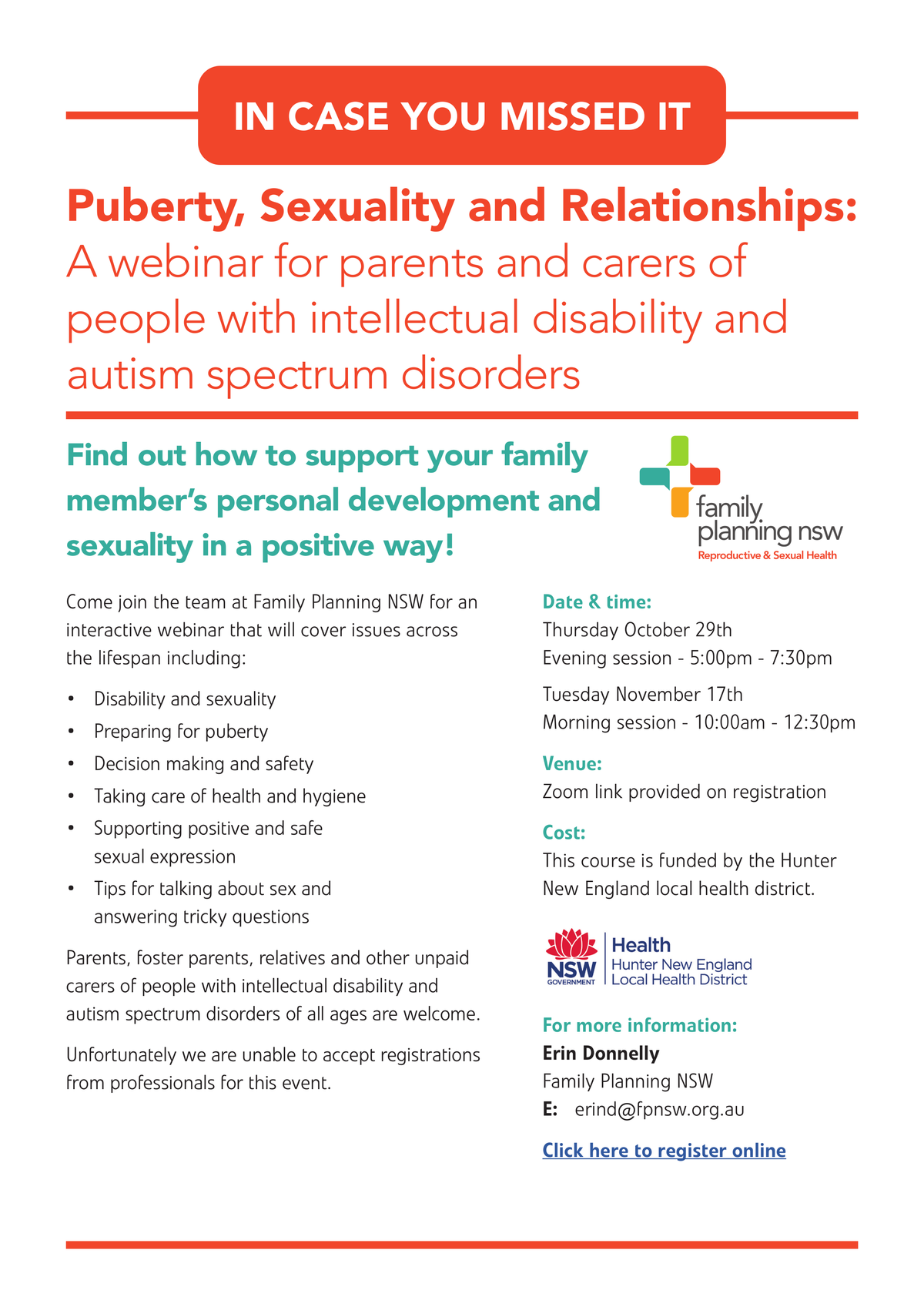Wellbeing Corner

11 tips for making friends through a confident mindset and social emotional intelligence
Helping young people make friends through primary, middle, high school and beyond by building a confident mindset and social emotional intelligence
From Madhavi Nawana Parker’s book, ‘The Confident Minds Curriculum: Creating a Culture of Personal Growth and Social Awareness.’
Entering primary and middle school is always a big transition. Making friends and fitting in is high on most young people’s wish lists. Primary, middle and high school come at a time where young people are developing their own identity, caught up in social comparison, flooded with new experiences and even overwhelmed by hormones and big feelings. It’s no wonder it can be a bumpy ride for many of them. To make friends and keep friends, you need to have confidence in yourself and others. You also need to have good social emotional intelligence. With these up your sleeve, you’re less likely to find yourself in social conflict and feeling on the outer.
How you think, effects how you feel which in turn leads how you behave. Developing a confident mindset where your thinking is constructive and hopeful, places you at an advantage in your teenage years and right through to adulthood. Confident thinking, paired with social emotional literacy skills are crucial and provide the unwritten rules of getting along with others in childhood and later on, in the workplace. Without these life skills, children can be left feeling unprepared for coping resiliently in the long term, with their social, family and work life.
Meta-analysis studies around the world have demonstrated that social-emotional competencies can be taught to make a positive difference in young people’s lives. The long-term benefits include better academic outcomes, improved conduct, healthier relationships, and lower emotional distress. (Taylor et.al (2017).
A confident mindset and social emotional literacy are developed through ongoing guidance, conversations, encouragement and practice.
Here are some practical ways to help your child make friends through high school and beyond.
1. Teach empathy
Considering how other people think and feel is one of the most crucial emotional intelligence skills for making and keeping friends. Being able to see the world from another person’s point of view helps you connect with others. When they start high school, talk about how you felt when you started. Help them see how most other teenagers, whether they show it or not, will be experiencing high school for the first time too and will be full of the very same thoughts and feelings. Help your child understand that all people want to be valued and understood. When they don’t see eye to eye with another person at high school, try and focus on what they do have in common with that person and try to see the world through that person’s eyes.
Show empathy to your child to help them develop their own. When they are having a rough time, show you can see things are tough for them, let them know you can see how much effort it takes to be a student and ask if you can do anything to help them relax in their down time. When someone cuts you off in your lane, instead of focusing on their behaviour and showing your frustration about what you see on the surface, dig a little deeper and say something like, ‘that person must be having a really bad day to behave like that on the road.’ Or perhaps next time you see a child screaming in a supermarket or restaurant, rather than looking annoyed you might say, ‘imagine how tough that must be on their Mum when her child can’t handle their feelings yet.
2. Encourage your child to get to know people’s names and use them.
This is a social skill that helps strengthen connections. When people hear their name being used, they feel noticed and valued. Teach your child to greet others using their name as often as possible. Set a challenge for them to smile at or say hello to at least ten people who are in their home group/ classes each day.
3. Make sure your child knows the value of eye contact and a smile
For some, this doesn’t come naturally and needs gentle guidance and practice. Role Playing and practicing in front of a mirror can do wonders for your child’s confidence to smile and make more eye contact. Smiling is valued highly by others and a person with a friendly face, passes feelings of happiness and warmth to others, essential for building trust and starting a friendship. (Achor, S 2015).
4. Teach emotional regulation skills
Emotions are contagious. We get them from our children and we give them to our children. Knowing how to be calm when things don’t go your way is particularly hard when you’re a teenager and your brain and body are going through so many changes. Learning how to handle uncomfortable feelings respectfully and constructively is essential for emotional intelligence and to cope resiliently through the ups and downs of high school.
Being responsible for the feelings you bring into a space is another important part of growing up and developing your emotional intelligence. Young people often struggle to be aware of how they come across and they also tend to be more reactive and act without thinking and self-awareness. Make sure they know how to handle uncomfortable feelings by noticing them, accepting and acknowledging them and engaging in a wellbeing ritual to move the feeling through. You can build and improve this skill by teaching young people to create a space between their feelings and their actions. Let them know that big feelings can lead to big reactions. The prefrontal cortex needs time to calm down before you can make sense of your feelings and act reasonably. Help them identify the themes of their discomfort. Help them visualise themselves in these situations handling their feelings confidently and using their emotional regulation tools. Encourage them to plan to pause, focus on their breathing and encourage themselves with confident self-talk. This is by no means easy (most adults will tell you they still struggle with this) but with time, practice and maturity you can improve your ability to regulate your feelings. Other important daily practices for being better positioned to handle your emotions include, movement, laughter, journaling, music, nature, art, hobbies, time with friends and family, kindness and gratitude.
Ways to regulate your feelings include movement, focused breathing, a change of scenery, uplifting music, laughter, talking, creating, journaling, engaging in an act of kindness, hobbies and much more.
5. Teach problem solving and decision-making skills
To make and keep friends, you need to know what to do when faced with an unexpected social curve ball. By nature, young people can be a tad socially clumsy so they have a tendency to say and do things that lead to conflict. Knowing how to problem solve is essential for being able to handle these situations gracefully. You need to be able to do this without outsourcing a resolution to another person. If the people who care for you step in and resolve your problems, the message is that you can’t handle problems and need a ‘smarter’ expert to take over. This, is not to say a person should not engage in help seeking. Having the tools to problem solve age appropriate problems without relying on others strengthens your belief in yourself as a capable agent. Problem solving and decision making are crucial life skills for home, the workplace and beyond.
One way to teach problem solving and decision-making skills, is by having weekly family / class meetings, where you bring up the challenges of the week and brainstorm as a group about how you can resolve them. Once you have a few ideas, you agree on one to try for a set period of time. If it works, problem solved, if it doesn’t then you try the next idea. Ultimately, that’s all problem solving is; coming up with as many solutions and testing them out until one works. Young people learn new skills through familiarity and practice. Find a problem-solving framework that works for the young person and help them return to it every time a problem needs focused attention to resolve.
6. Help them build friendships outside of school so if things get tough at school from time to time, they don’t feel they have no friends left
You can do this through community and sporting groups and also through your extended family and social network.
7. Welcome your child’s friends into your home
Social connection is crucial for happiness and resilience. As your child enters their teens, they might need more time with their peers. Try providing a welcoming and non-judgemental place for your child to bring friends home. It’s crucial you uphold boundaries about what you will and won’t accept in your home and if you do this through gentle, respectful and reciprocal conversation, you should have a good foundation for things to go relatively smoothly.
8. Talk about your own experience of friendship and how you aren’t precisely like all your friends and that you respectfully manage your personal differences
Help them see how friendships thrive through common ground, open-mindedness, mutual respect and empathy. Bonds are strengthened further by understanding that differences are a natural part of human diversity and can be a positive aspect of friendship. They are by no means not a reason to not be friends with someone. Encourage your child to accept others for who they are (as long as their behaviour is not intentionally hurtful or harmful). Including and accepting others is an important step in creating a strong foundation for healthy friendships. Learning to focus on other people’s strengths and growing to appreciate each other for who you are is an important relationship mindset to develop.
You can try setting a goal for your family to become more understanding, accepting and non-judgemental of others. Making a deliberate effort to ignore other people’s physical appearance, academic, social or sporting status and other traditionally attractive attributes will help them cut to the core of the other person and seek connection in ways that are more likely to lead to long lasting, healthy and balanced relationships. Lead young people to see interactions for what they are; people uniting for connection and belonging, seeking to be heard, valued and understood. Teach children to bring their attention back to people’s insides, instead of outsides.
By doing this, you are teaching them to not only focus on other people’s character and the quality of their hearts and minds, but teaching them to do this for themselves as well.
9. Help set social media boundaries before they start using it
Where possible, hold off using it for as long as you can. Encourage your child to call friends on the phone, talk through skype, facetime, by catching up in person and other ‘real time’ methods of communication. To gain good friendship skills, you need plenty of opportunities to practice them while looking at another person’s face and hearing the tone of their voice. Let them know that what goes online, stays online. Enter the conversation showing you have confidence in their judgement but as a parent you have online expectations from them that they need to uphold. Ask them what they think is necessary to be a good friend on social media. Together, write some tips for staying out of trouble on social media. For example, a good rule of thumb is to expect they use the ‘golden rule’ when communicating online. If they wouldn’t want it said about them, they shouldn’t say it about others. You might be more explicit and say if they are ever talking about another person on social media (or any time for that matter) it should only be to praise them. Together, establish these rules and keep returning to them as much as you need to.
10. Help them understand how to cope with social comparison
It is completely normal at this age to wonder how you fit in your social group. Young people naturally compare themselves to others at this age so it’s important they are supported to have a healthy self-confidence. Provide your child with unconditional acceptance for who they are. Every person is born with their own stamp and they will become their best only when they are encouraged to be themselves. Help them understand that fitting in is not about being like whoever they think is popular or likeable. That person already exists and people aren’t looking for them on ‘repeat.’ Tell your child that no one can be as good at being them, as they can. Encourage them to get comfortable with who they are by focusing your compliments on their character, personal strengths and values. Help them find their ‘flow’ and interests and make sure they have time to engage in them, to grow the person they truly are.
11. Teach your child to practice compassion
Studies have shown that being compassionate by noticing the good in others, valuing and appreciating them for who they are and doing what you can to lift them up, can reduce reactivity in the amygdala, making you calmer, more rational and reasonable. (Weng et al 2018). One way to do this is to set a goal as a family/ group to look for the best in others. When you find a fault, look at it with curiosity and acceptance. Have deliberate conversations where you notice the good in others. When you are talking about other people, focus on their positive qualities no matter how small. This optimism in and compassion for others builds a young person confidence in themselves and others. Lead young people to consider others and help when they can. Engage in random acts of kindness where everyone aims to do at least one kind thing for another person every day. Compassionate and kind people are more likeable and capable of keeping connected with others.
With every social emotional literacy skill up a young person’s sleeve, their happiness, resilience and confidence grows. Thinking with social confidence is a learnt skill that doesn’t come naturally for many of us. If you’re looking for simple and practical ways to improve the social emotional literacy and confidence of your family or school, please read more in ‘The Confident Minds Curriculum’ (2020) by Madhavi Nawana Parker, Routledge, London, ‘The Resilience and Wellbeing Toolbox: building character and competence through life’s ups and downs,’
2nd Ed at positivemindsaustralia.com.au and ‘What’s the Buzz with Teenagers,’ by Mark Le Messurier and Madhavi Nawana Parker (2019) at www.whatsthebuzz.net.au.
References
Achor, Shawn. 2015. ‘The Science of a Smile.’ Success magazine, November 2 2018.
Taylor, R.D., Oberle, J.A. Durlak, and R.P. Weissberg. 2017. ‘Promoting Positive Youth Development through school-based social emotional learning interventions: A meta-analysis of follow up effects.’
Child Development 88: 1156-1171
A Proven 5 Step Guide to Supporting a Child’s Mental Wellbeing
Dr Stephen Spencer
Our school has received an offer for our teachers, staff and families to get a copy of this eBook at any price you want to pay.
It’s written by Dr Stephen Spencer from EquiEnergy Youth, a charity that runs training programs focusing on helping adults respond to children during episodes of mental health distress.
This eBook will give you;
-Your Own 24 page Quick to Read and Easy to Follow eBook Emailed Direct to You
-Your Own 5 Step Guide all on 1 Page on How to Respond to Your Child's Distress
-Easy to Follow Intervention Strategy Chart to Help Your Child Cope with Distress
-Learn Practical Ways to Recognise your Child's Distress Triggers
-Vital Tips on Building your Child's Coping, Resilience, and Distress Tolerance
-Proven Guide Developed from Thousands of Hours of Clinical Research and Experience
We strive to provide a comprehensive setting wide approach to better mental wellbeing for your children and this eBook is specifically written by Dr Spencer to help provide that.
The easiest way to get your copy is on this link


